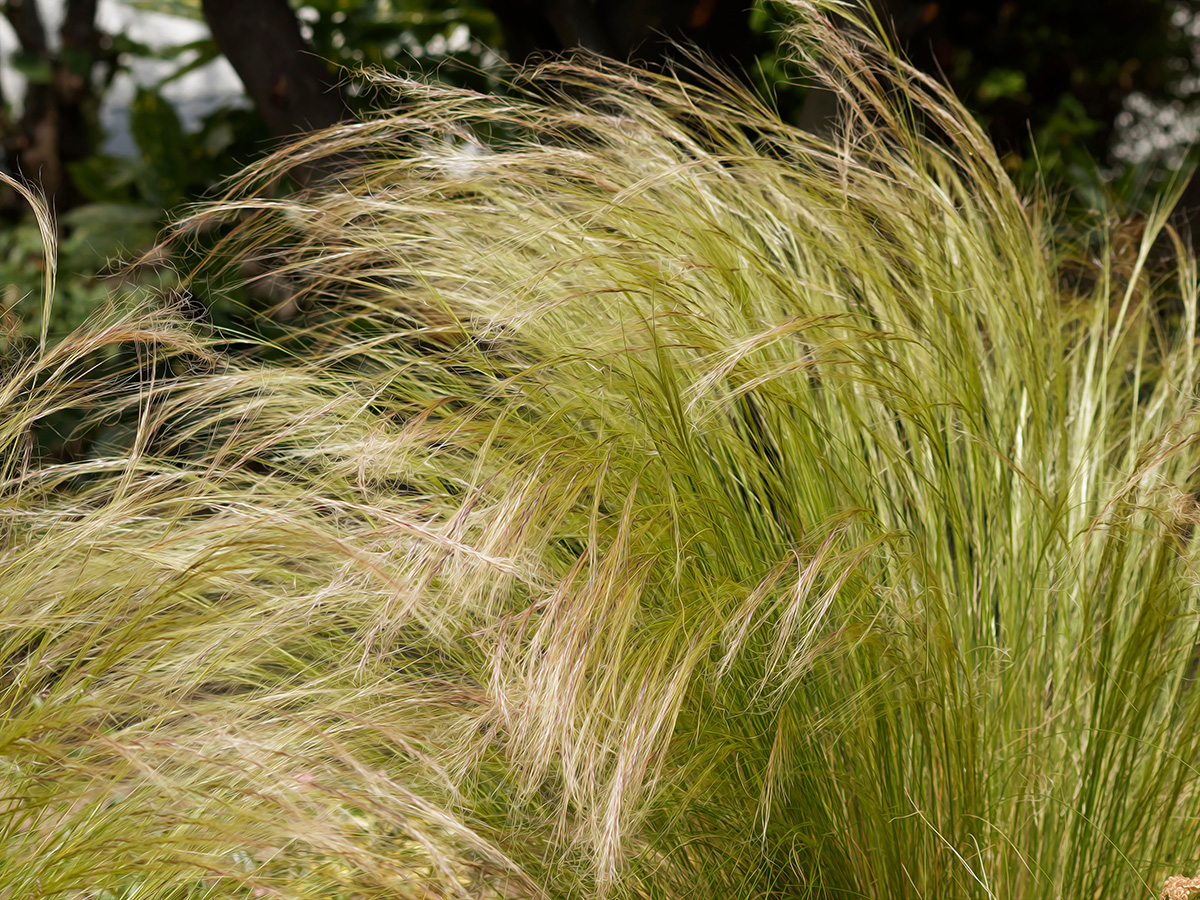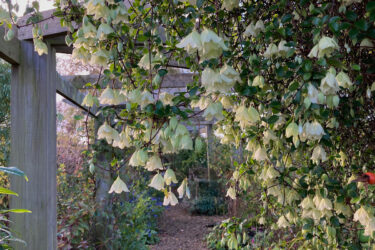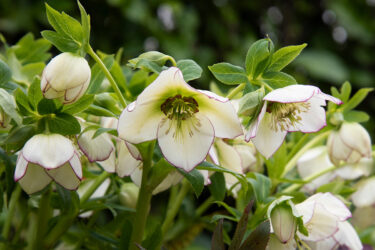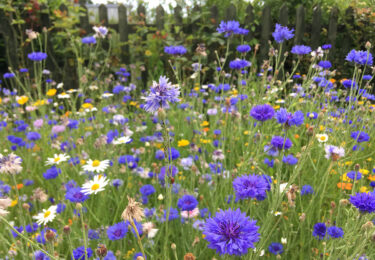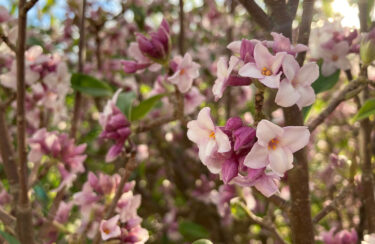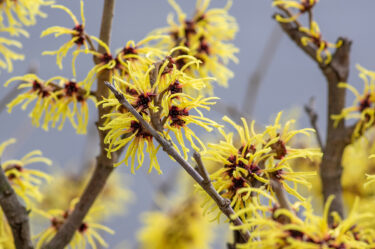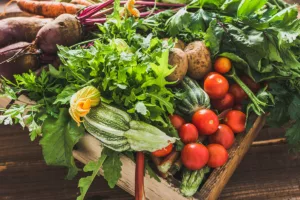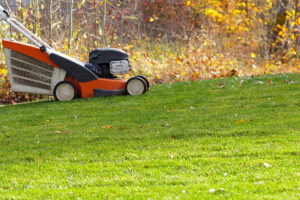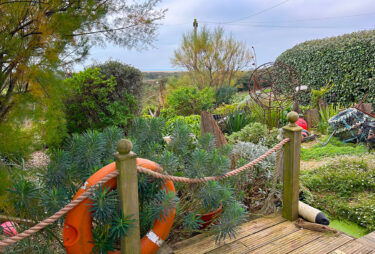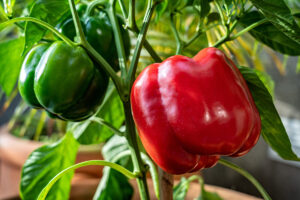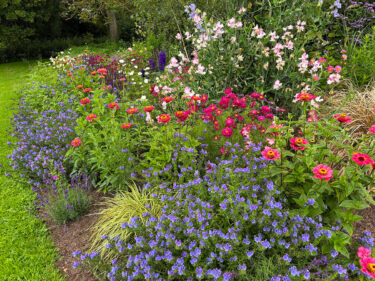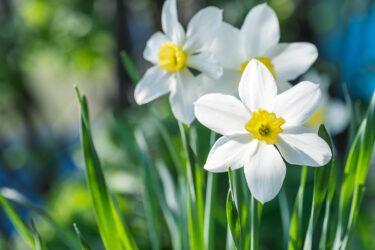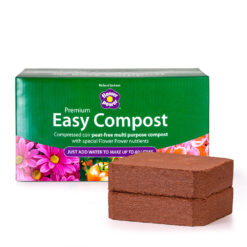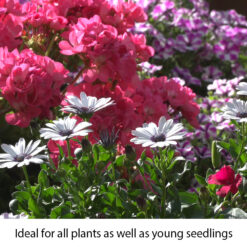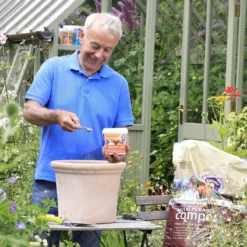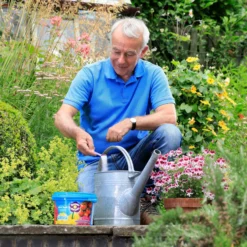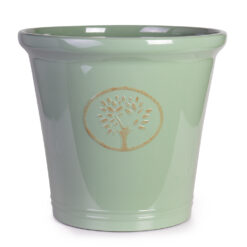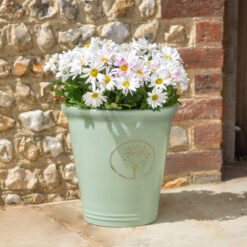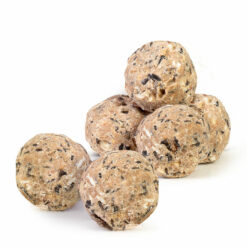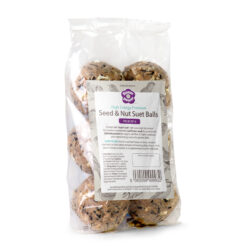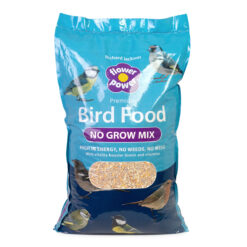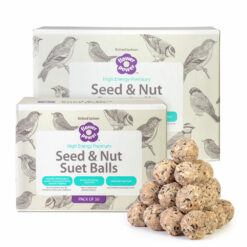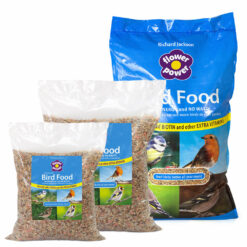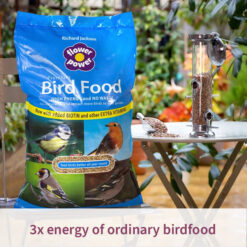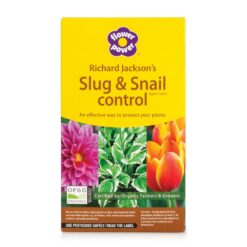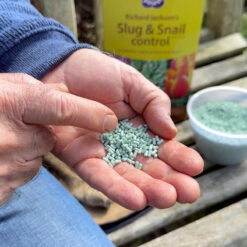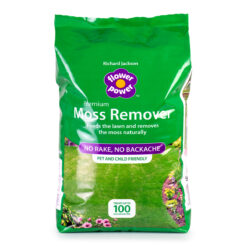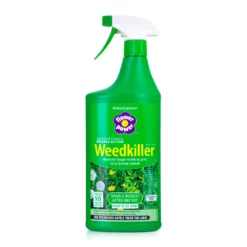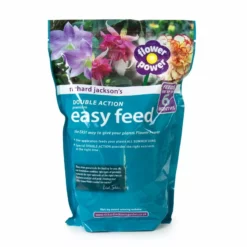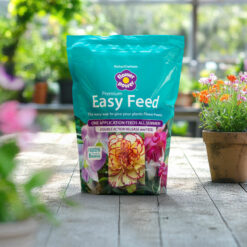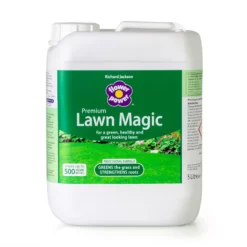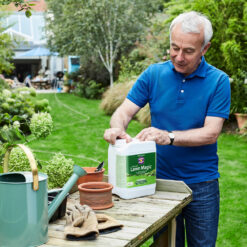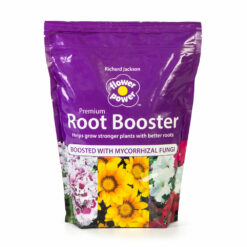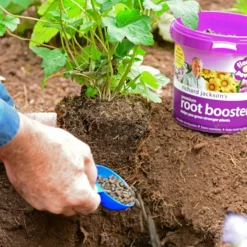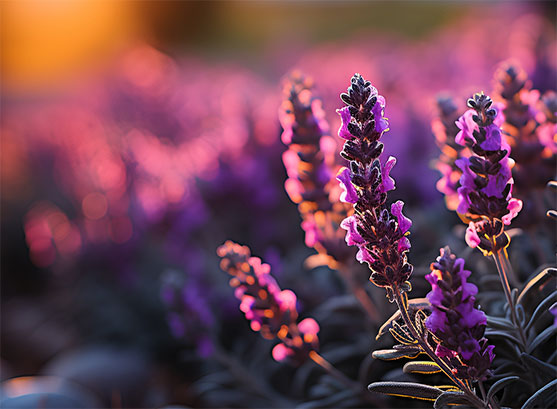Years ago, whenever you mentioned grasses in the garden, most people’s thoughts immediately turned to lawns. But no longer. Ornamental grasses are now considered one of the essential stalwarts of every garden – whether that’s for their: year-round evergreen leaves; their summer flowers; their graceful swaying movement and blissful and gentle rustling sound in the slightest of breezes; how they “die back gracefully” in autumn, providing good autumn leaf colours; and providing excellent winter structure. And that’s not to mention how they fit in with just about every garden setting and style of garden – whether it’s a mixed border, herbaceous border, a cottage or cottagecore planting scheme, an ultra-modern setting or a prairie planting scheme. And, of course, most look superb when planted in containers.
Grasses are incredibly versatile too. There are types that only grow to 20-30cm high, while others tower up to 2m. Some offer year-round evergreen foliage, some prefer sun, are drought tolerant and perfect for gravel gardens, while there are plenty that do just as well in shade and there are lots for exposed coastal gardens too.
As well as boasting different shades of greens in their foliage, there are varieties that have golden yellow, variegated and even silvery-blue leaves.
While we love their year-round structure, colour and interest, many garden birds, finches and other seed-eating birds, are thankful for the useful winter food source that grasses supply through their seed heads. So, keep your grasses in place over winter, to enable both you and the birds to enjoy the winter seed head structure.
The only issue is deciding which ones not to grow. And I had a similar problem with this article – I could only choose five!
Keep off the grass!
Apart from giving them enough water as and when needed in spring and summer to keep them growing strong and healthily and maybe a feed of a slow-release or controlled-release fertiliser (such as Richard’s Easy Feed) in spring, there is very little else you need to do to them.
But, depending on their, type they will need either tidying up or cutting back in spring so that they keep looking their best. Cut back any faded flower stems in spring when new leafy growth starts, so that you get to enjoy them for longer.
Deciduous grasses will need cutting back quite hard to remove the dead, overwintering growth in early to mid-spring, before new leafy growth starts to emerge. Most grasses start to shoot in early spring, but a few are slower to get started.
Evergreens don’t usually respond well to pruning and usually only need tidying up by removing any dead growth. This can usually be done easily using a gloved hand or a hand fork to “rake” through the plant.
After this spring clean-up, ideally add a mulch around the plants.
My top 5 ornamental grasses
I’m sure my choices will be very different to yours, but here you go – five ornamental grasses that I think no-one should miss out on growing…
Festuca glauca
Blue fescue forms low, tufted, upright tussocks of fine, narrow, steely-blue leaves, which may become greener in winter. Growing to around 30cm high and 20cm wide, this evergreen needs a sunny position for best results and the most intense foliage colour. From late spring to summer, it bears thin, upright stems that carry spikes of small, blue-green flower plumes that turn golden-brown in autumn. Once established, it tolerates drought very well.
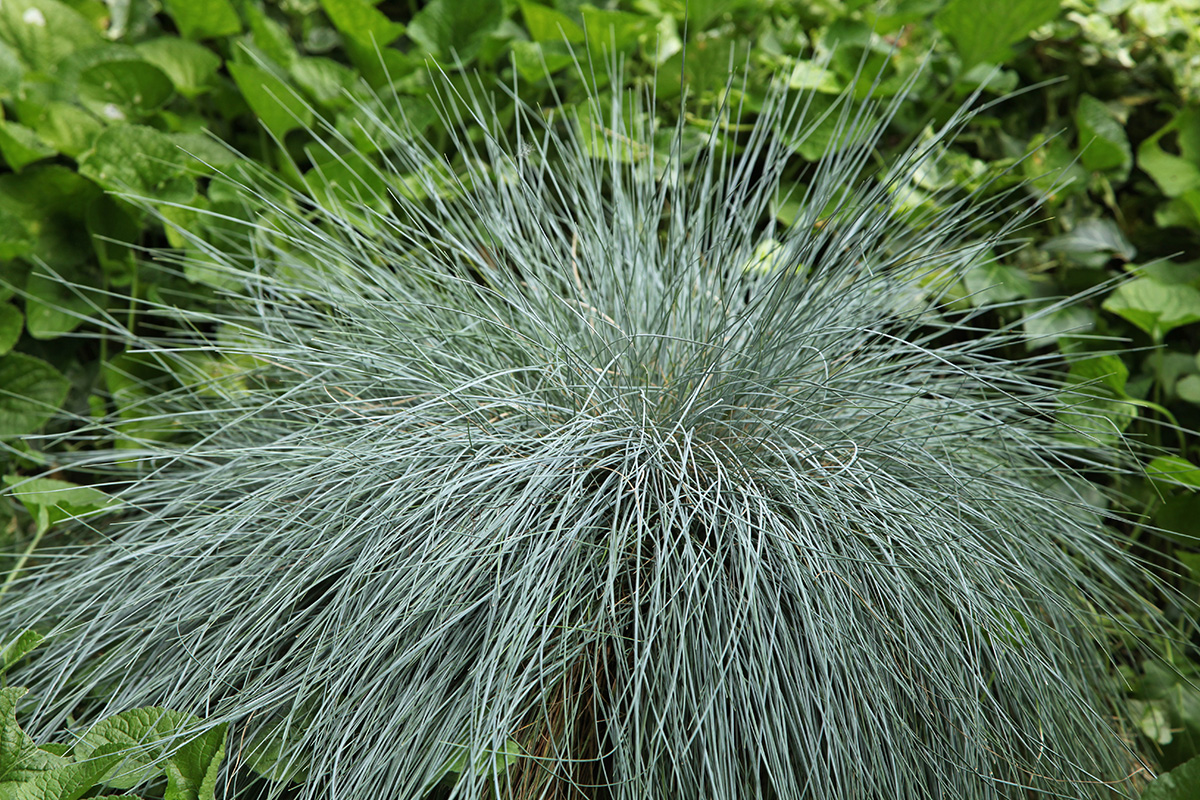
It’s perfect for edging a border, growing in rock gardens and containers or combined with herbaceous perennials and other grasses.
There are also some brilliant named varieties, including ‘Elijah Blue and ‘Intense Blue and even ‘Golden Toupee’.
Looks good with
Achillea, Crocosmia, especially ‘Lucifer’, Echinacea, Hylotelephium (Sedum) and Salvia.
Hakonechloa macra ‘Aureola’
Sometimes referred to as Japanese forest grass, this is a neat and tidy deciduous grass that grows up to 30-35cm high and around 40cm wide. The narrow, elegantly arching, green-striped, bright yellow leaves form cascading hummocks of foliage. This is brighter yellow in a sunny position, more lime-yellow in shade and usually becomes tinged with reddish hues in autumn and early winter when the temperatures drop. While some refer to the small flower spikes as “insignificant”, I think they add a light and airy overall appearance.
It can be used as an underplanting under shrubs, as a soft edging for paths and looks magnificent when planted on its own in containers.
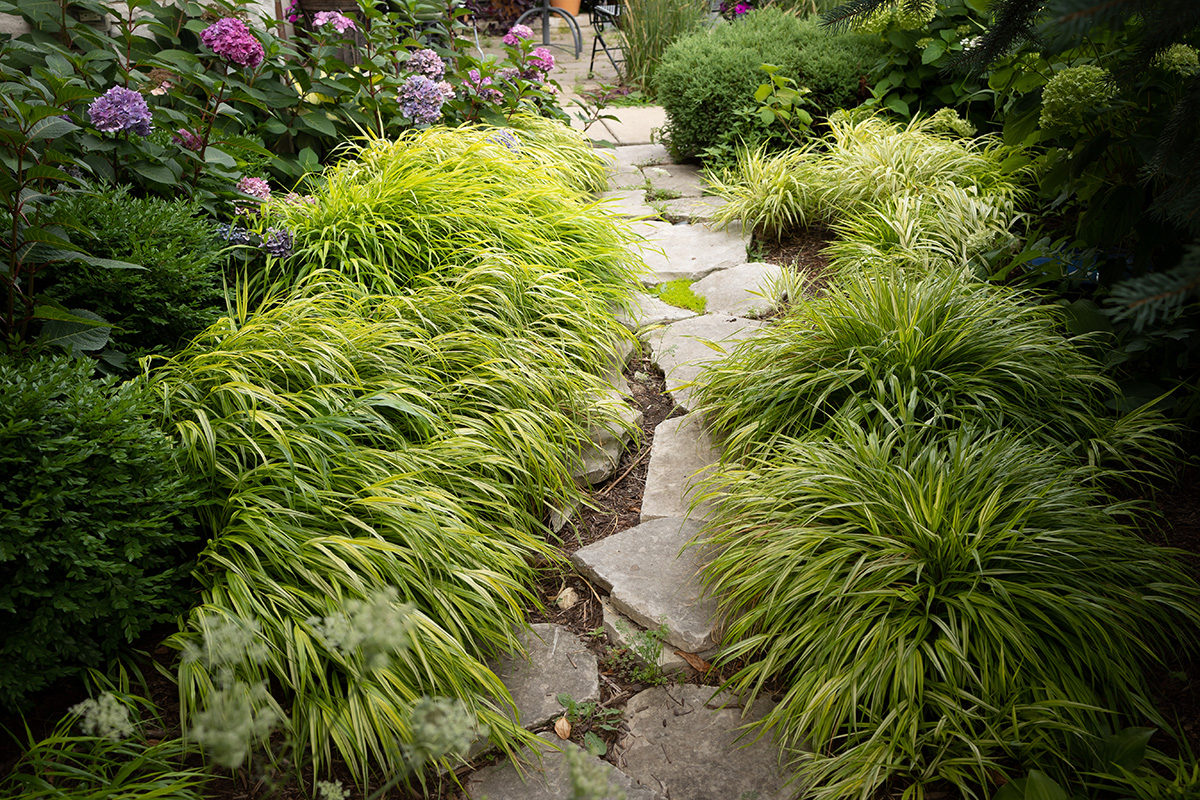
Looks good with
It’s particularly effective when combined with darker-leaved plants like heucheras and near-black Ophiopogon planiscapus ‘Nigrescens’ or blue-green hostas or mixed in with other golden-leaved plants.
Miscanthus sinensis ‘Flamingo’
This variety of Chinese silver grass boasts gorgeous, elegant, dark pinkish-red flowers in late summer, which are slightly pendulous initially and turn more silvery towards autumn. It is a deciduous grass with arching, strap-like, green leaves with prominent white midribs and great autumn foliage colour, turning a lovely golden-orange. It makes a great statement plant, reaching around 180cm high and 100-120cm wide. For best results, it needs a sunny position.

There are numerous other excellent varieties of Miscanthus sinensis.
Looks good with
Chinese silver grass combines well with many plants, but especially taller late-summer-flowering perennials such as Dahlia, Helianthus (sunflowers), Oenothera (Gaura) lindheimeri, black-eyed Susan (Rudbeckia), Symphyotrichum (Aster) and Verbena bonariensis.
Stipa gigantea
Golden oats is the perfect grass for creating a striking focal point in displays. It is a robust, tufted evergreen that reaches 2m high and 1.2-1.5m wide – so give it the space it deserves. The gently arching green to grey-green leaves are topped with upright stems of large panicles of oat-like, purplish flowers in summer, maturing to a lovely golden colour in autumn. These help to give it a lovely open and airy appearance. It needs a sunny position and, like the majority of grasses, well-drained soil.
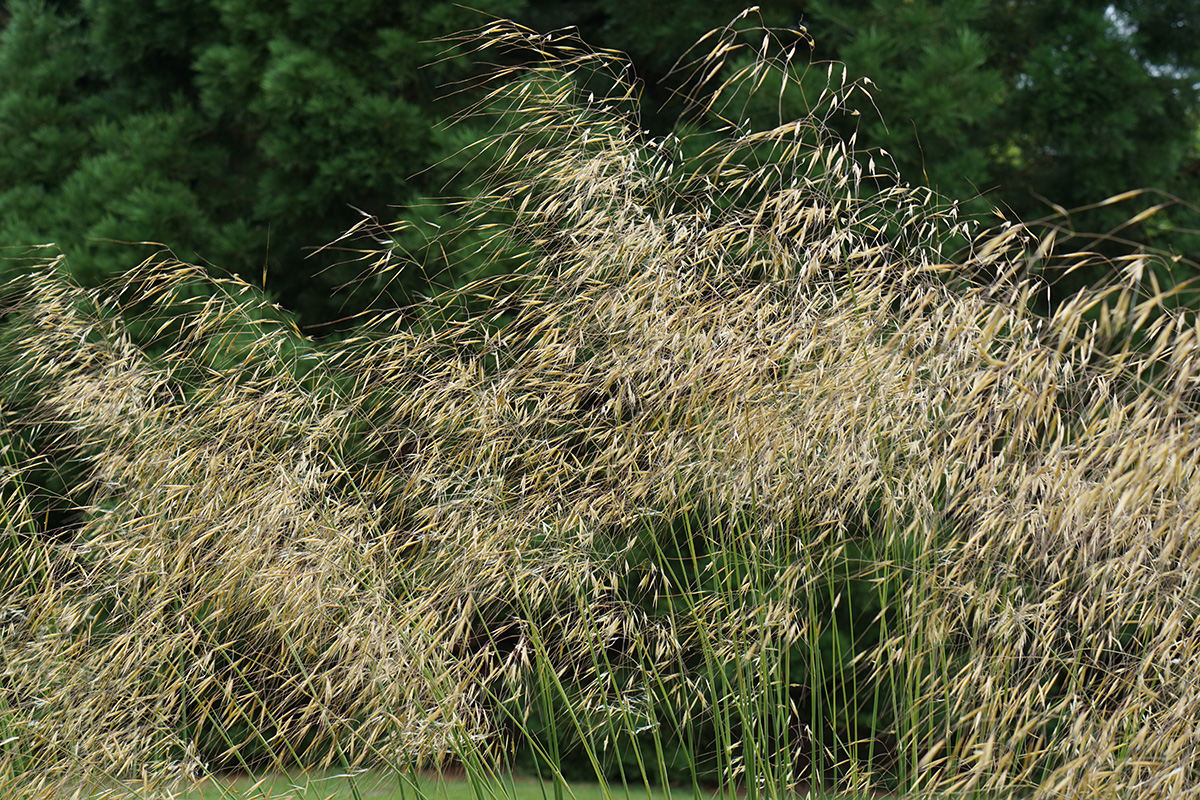
Looks good with
For a bold and colourful display, try growing it with Agastache, such as ‘Blackadder’, purple coneflower (Echinacea purpurea), Hylotelephium (Sedum), Russian sage (Perovskia atriplicifolia), black-eyed Susan (Rudbeckia) and Verbena bonariensis.
Stipa tenuissima
I make no apologies for including two stipas, but these two look worlds apart from each other. You’ll see this grass feature in numerous show gardens at the UK’s largest and best flower shows (see also main image).
Mexican feather grass is a diminutive semi-evergreen/deciduous grass that grows to 60cm high and 30-35cm wide. It forms a compact, upright tuft of soft, pale yellow-green, thread-like, flowing foliage that sways gracefully in the lightest of breezes. In summer, this is topped with feathery, silver-green flower plumes that mature into a blonde-buff hue in autumn. Once established, it tolerates drought.
Its compact size makes it perfect for sunny gravel gardens, low-maintenance gardens and containers, as well as mixed perennial borders.
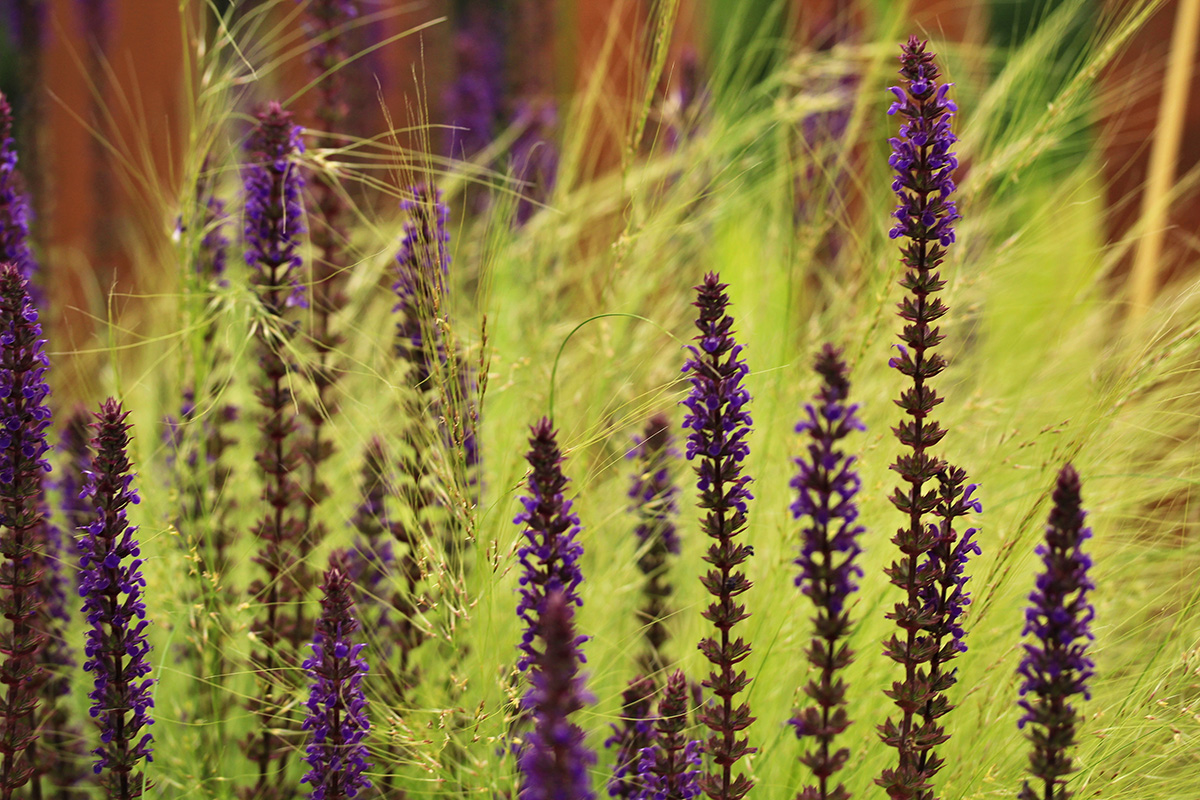
Looks good with
Achillea, Agastache, Allium, Cosmos, Echinacea, Eryngium, Helenium, Hylotelephium (Sedum), Knautia, Penstemon, Rudbeckia, Salvia, Symphyotrichum (Aster), Verbena bonariensis and Veronicastrum. These plants complement this stipa’s open, airy nature.
